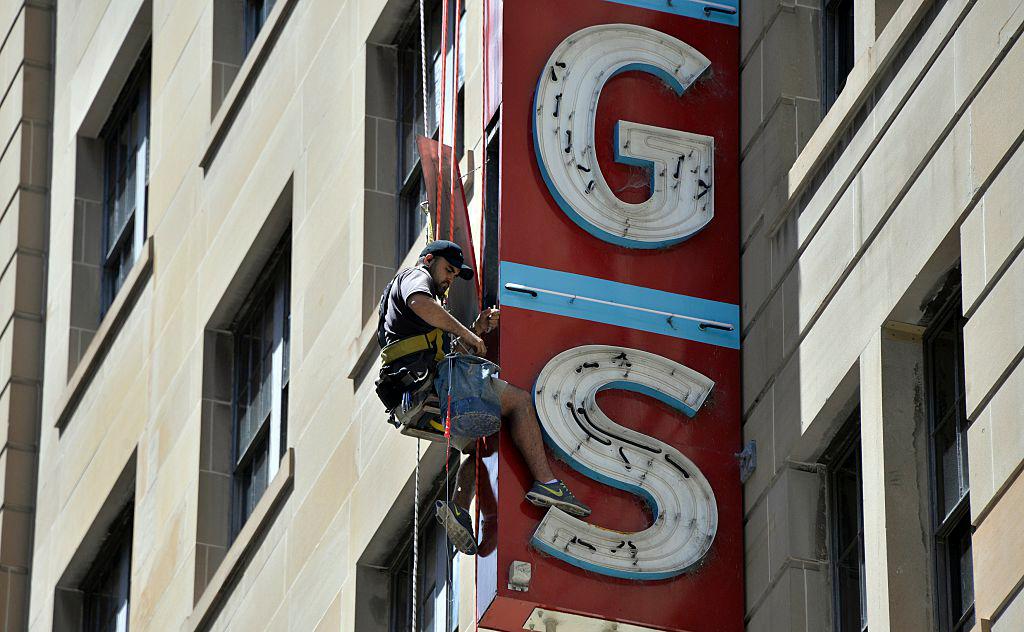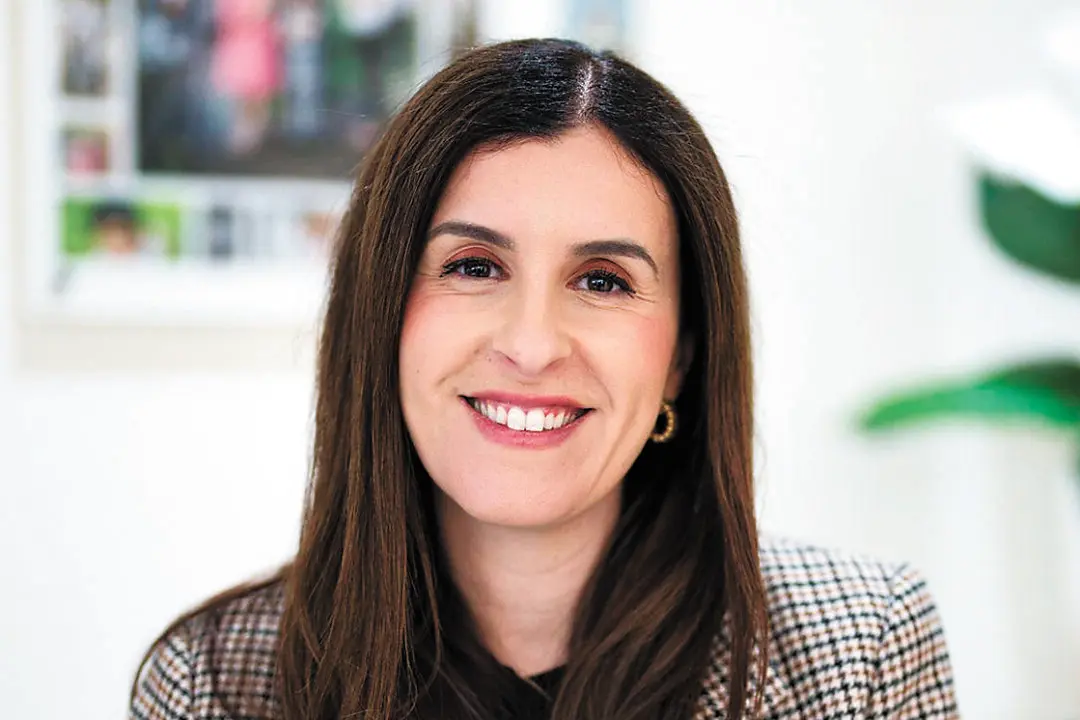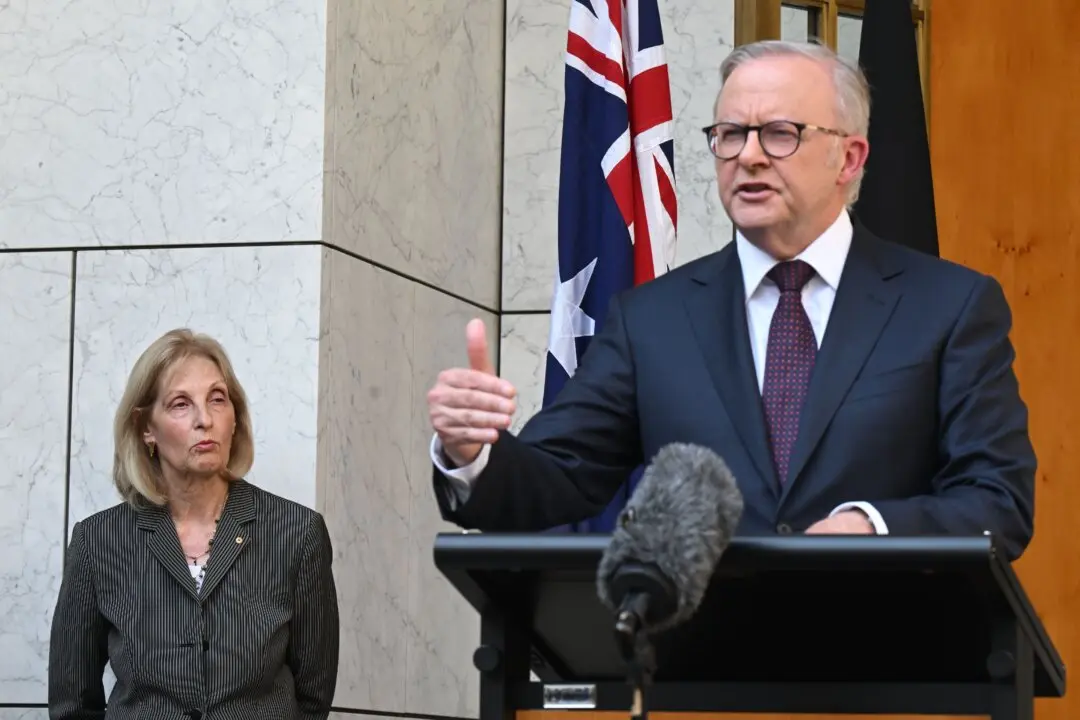Australia urgently needs 70,000 more electrical apprentices if the government is going to meet the targets of its residential electrification strategy, the
Australia needs to electrify 500 homes every day and triple the pace of retrofitting non-residential buildings to meet its 2050 target of net zero operational carbon emissions, according to a Green Building Council of Australia report.





